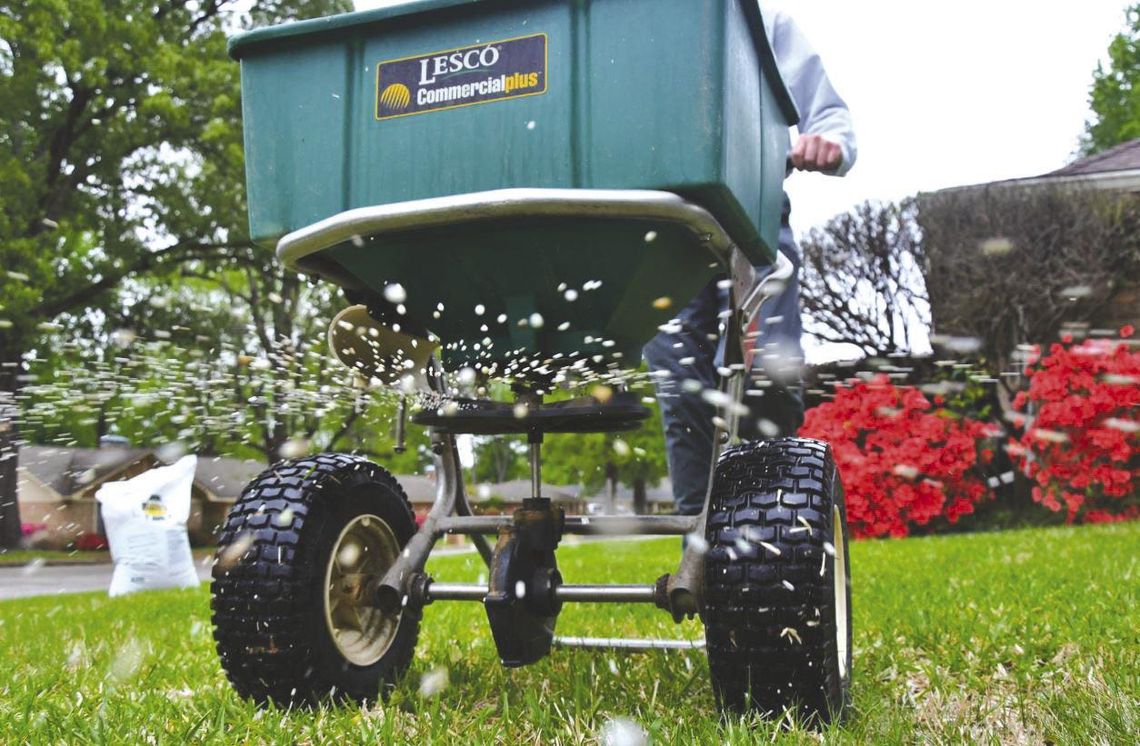With summer just around the corner, it’s time to start thinking about how to keep your lawn looking lush and green in the hot and dry climate of the Texas Hill Country. Proper irrigation and maintenance are essential to ensuring your lawn stays healthy during the summer months, and with the right strategies, you can have a beautiful lawn all season long.
The first step to proper lawn irrigation is to ensure you water your lawn at the right time of day. The best time to water your lawn is early in the morning before the sun is at its highest point in the sky. This allows the water to penetrate the soil and be absorbed by the roots before the heat of the day causes it to evaporate. If you water your lawn in the middle of the day or late afternoon, much of the water will be lost to evaporation before it can do any good.
It’s also important to water your lawn deeply but infrequently. This means giving your lawn a good soaking once or twice a week instead of a light watering every day. Deep watering encourages the roots to grow deeper, making your lawn more drought-resistant and less reliant on frequent watering.







